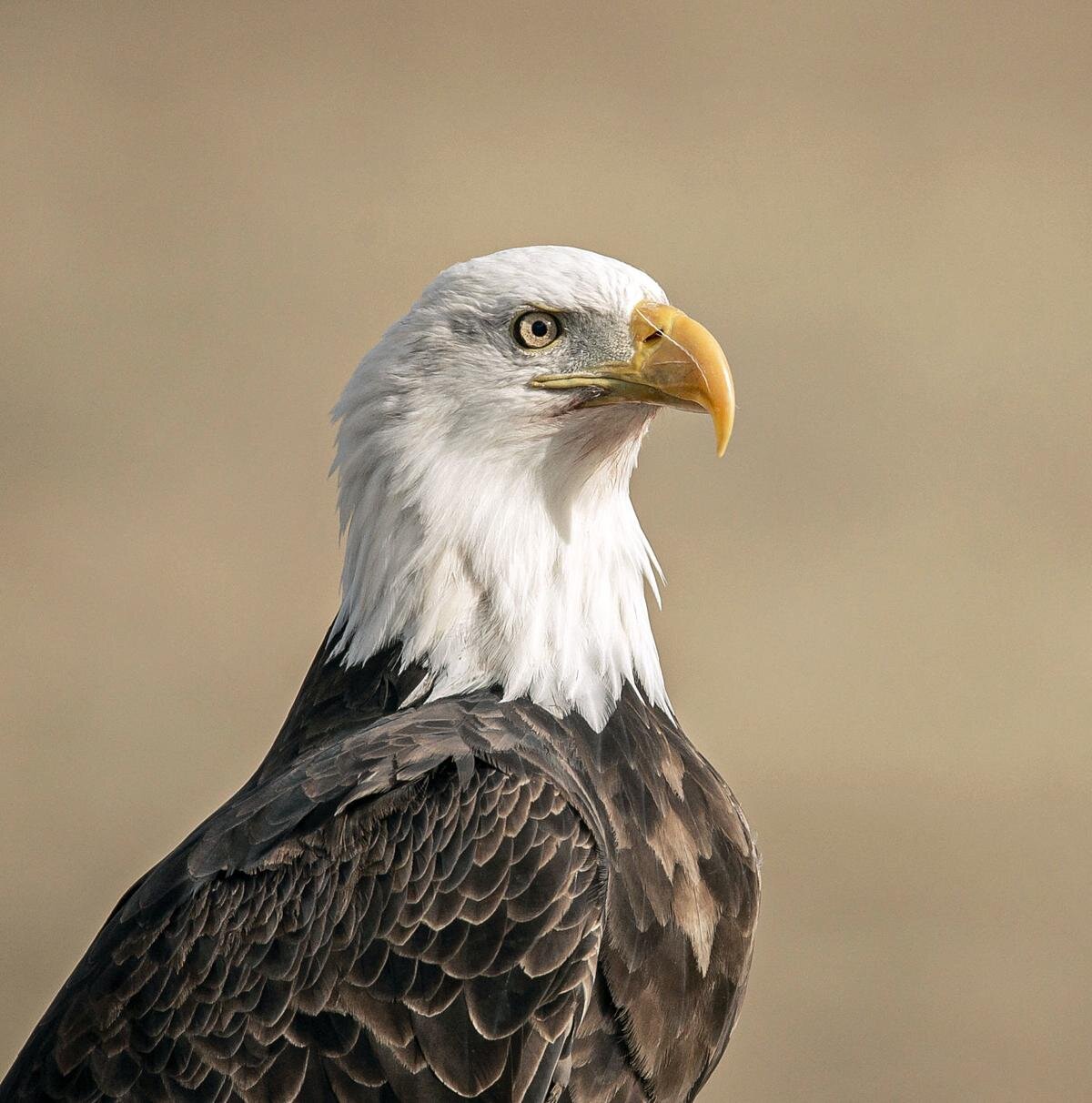image courtesy of Alex Kearney
Every once in a while, a less-common species of bird shows up on Teller and when that occurs, it is an exciting opportunity to learn more about that species. Late November brought one of these instances when a small white and dark grey bird flew across the road and landed in the barley stubble. Thinking it may be a snow bunting, I slowly approached the grain stubble to validate the sighting as that of an adult Plectrophenax nivalis, (Plectro, Greek for the spur-like long claw on the rear toe and nivalis, Latin for snow white.) I have only seen snow buntings on Teller twice and after referencing the Hamilton Christmas Bird Count I learned that over the last 31 years snow buntings have coincidentally only been recorded twice. So where do these handsome song birds typically call home?

























